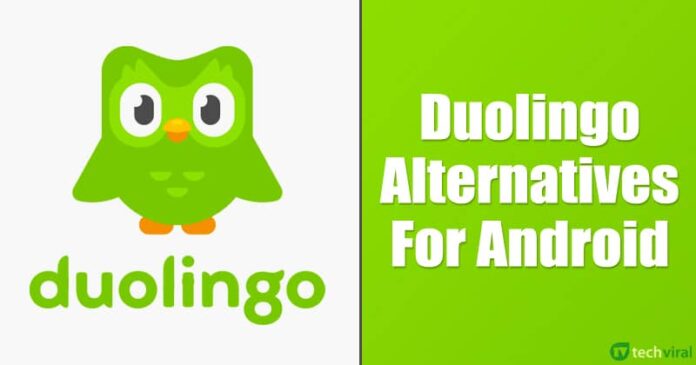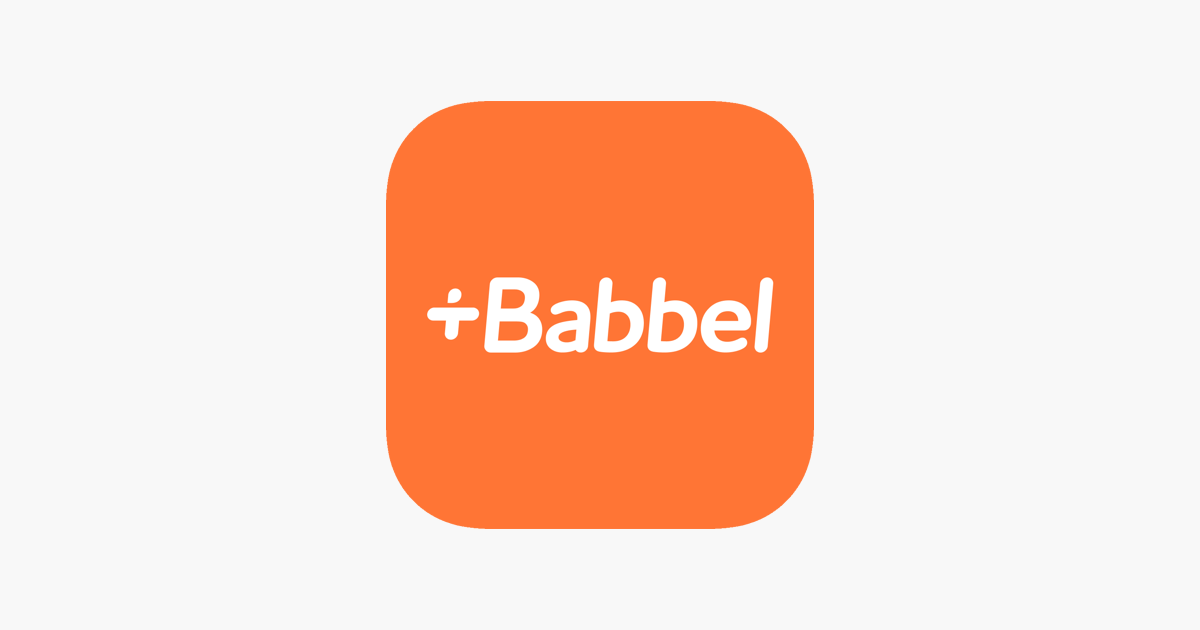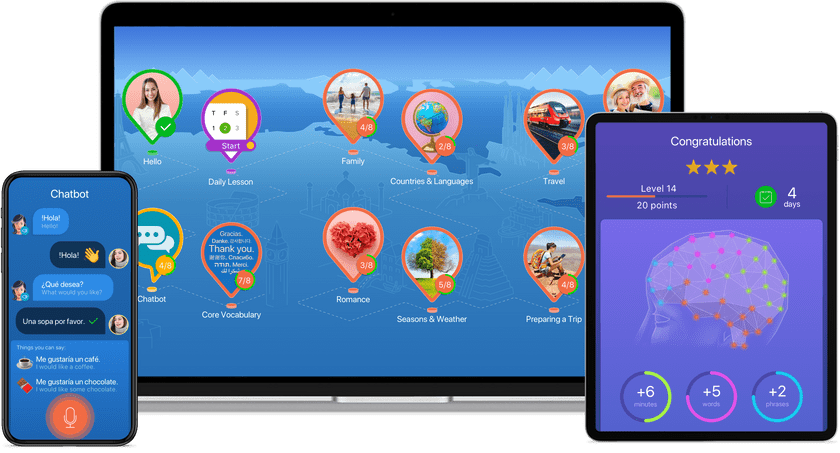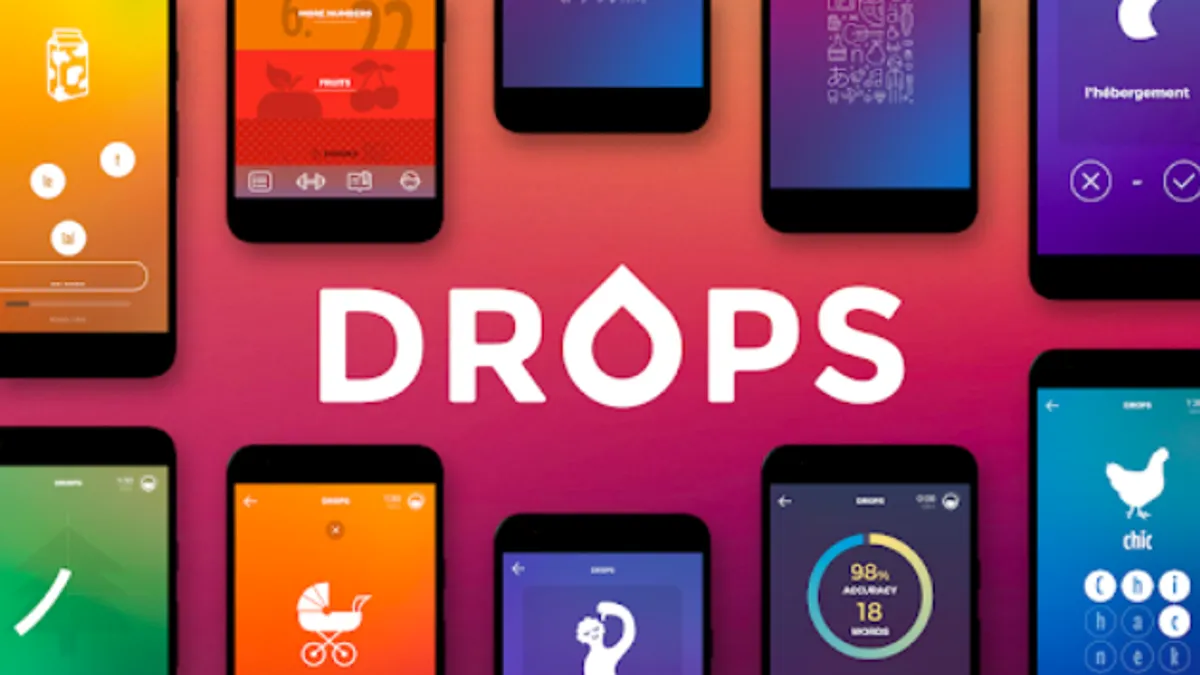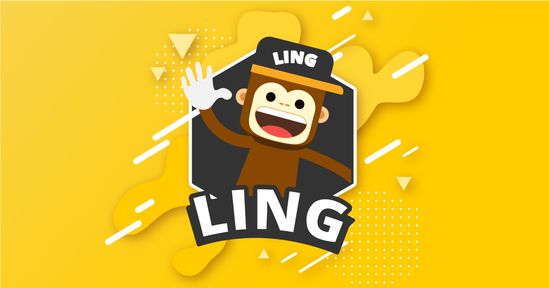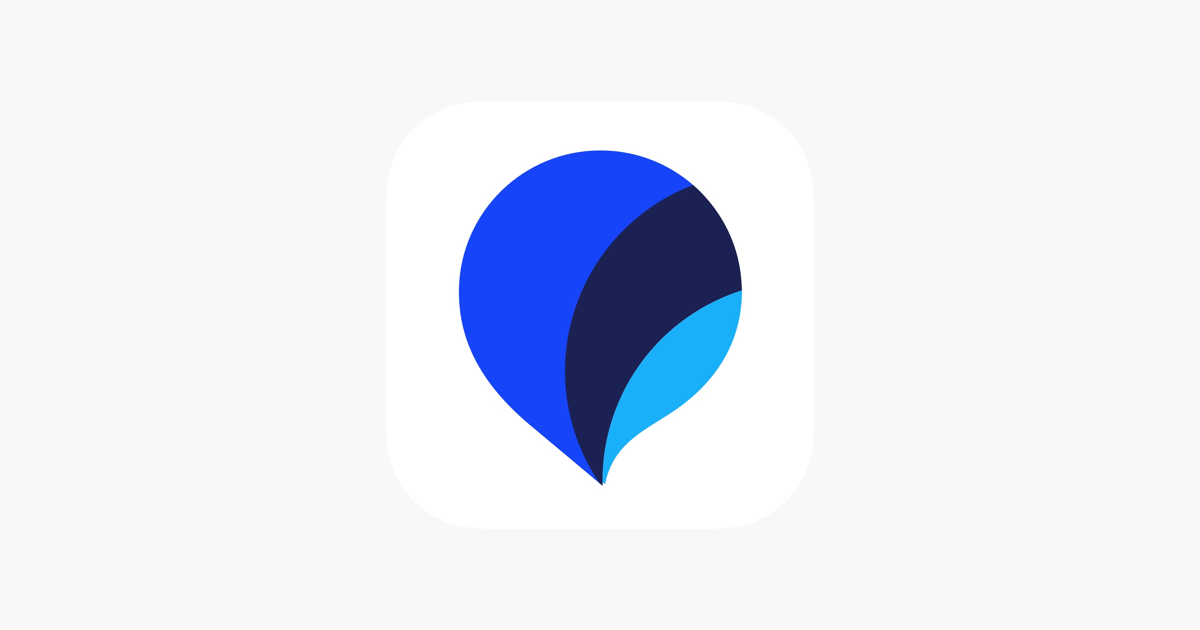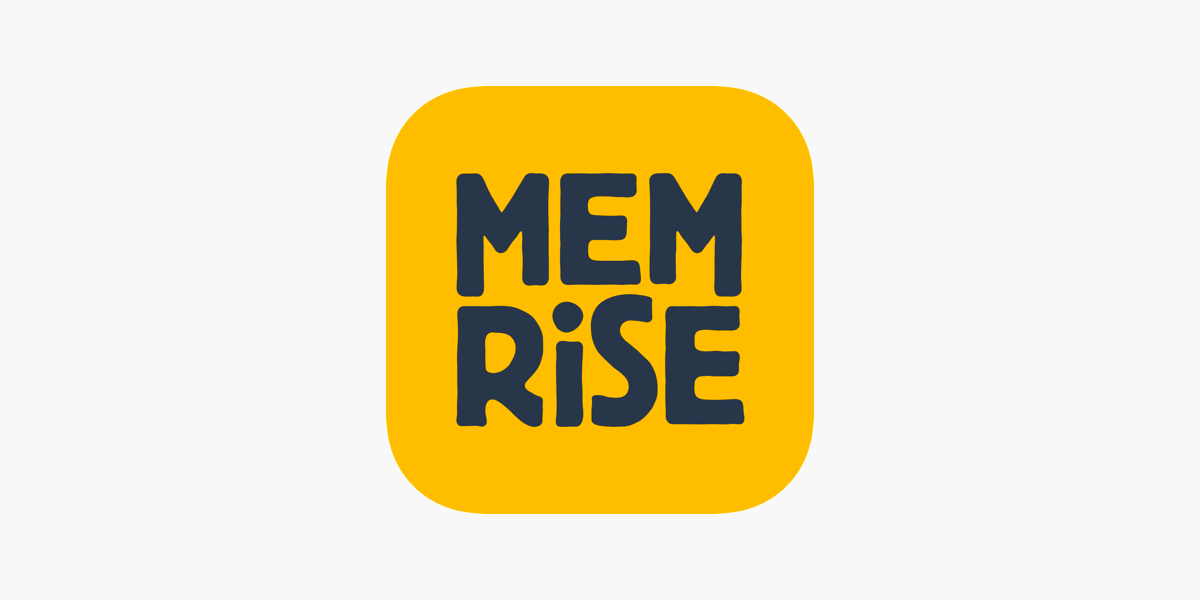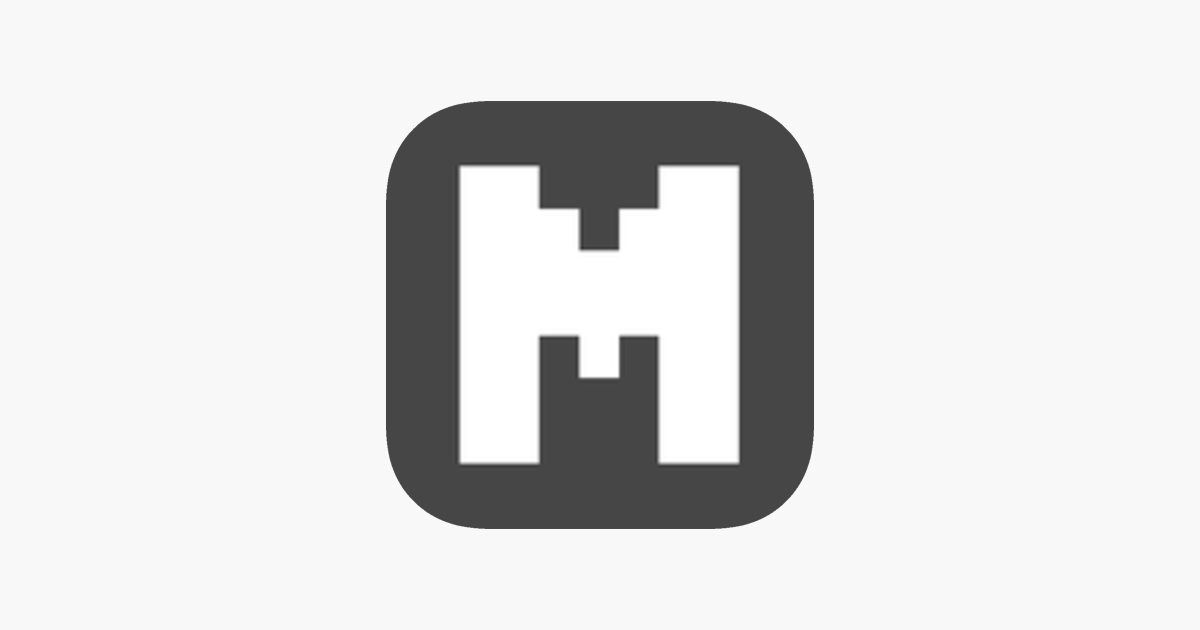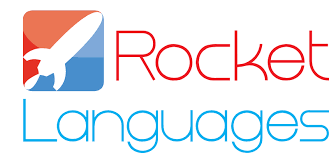Duolingo is so popular that it’s difficult to find a language learner who hasn’t tried it or at least heard of it. With over 300,000 people joining up for its closed test, this free app was a smash even before it officially launched.
Duolingo is one of the most popular language-learning programmes today, with over 500 million registered users (42 million of whom are active at least once a month) and 95 courses offered in 38 languages.
However, the tenacious green owl is not without weaknesses. It can quickly become redundant as well as meaningless. For example, what is the aim of learning (fox’s milk) in Korean?
You’re in luck if you’re looking for a Duolingo substitute because there are so many to choose from! Alternatives to Duolingo that adopt a gamified approach, apps with good free lessons, and more organised solutions for serious learners have all been listed. Let’s get this party started, shall we?
What exactly is Duolingo?
I’ll keep this brief; you can read our Duolingo review for a more detailed look at this free app.
I mention free because, while Duolingo has a premium edition, it offers minimal benefit.
Duolingo uses short, gamified courses to make language learning enjoyable. The app’s distinctive features include the Leaderboard, which pits you against other students, and Streak, which rewards you for taking your classes on a daily basis.
Podcasts and storybooks, audio lessons, and other additional lessons that can be purchased with gems are included in some courses.
Why should you look for alternatives to Duolingo?
Duolingo has helped me learn Korean, Japanese, French, and Latin. I enjoy it, although as I already stated, it can become monotonous quickly. There are also a lot of ridiculous and impractical sample phrases. And not every course is made equal. French, for example, has ten checkpoints while Latin only has two.
Overall, it’s a fantastic first-time language learning software. However, you’re better off seeking for a Duolingo alternative if you want more depth, more grammar explanations (which are badly lacking here), more useful phrases, and a more methodical approach to learning a language.
Furthermore, Duolingo does not currently (and presumably will not) support a large number of languages. Here are a few examples:
Language learners’ best Duolingo alternatives
1. Babbel
Babbel, one of the most well-known language learning applications, masterfully blends brief, interactive lessons with organised content that covers real-life vocab and cultural insights.
What’s the end result? A whole educational experience.
Babbel is a wonderful Duolingo alternative since it offers a wide selection of learning materials, including app lessons, live courses, games, videos, and podcasts. Because of the app’s engaging UI, progressing to the intermediate level won’t feel like a hassle.
2. Mondly
Mondly is a Duolingo alternative that addresses all essential skills: writing, reading, listening, and speaking, with bite-sized and interesting courses.
What’s more impressive is that it does it in as little as 10 minutes per day. Mondly offers an excellent blend of interactive lessons that will help you learn conversational vocabulary and improve your grammar skills.
Furthermore, the app includes high-quality recordings of native speakers to help you improve your pronunciation, which is one of Duolingo’s biggest flaws.
3. Drops
Drops is another software that uses a gamified approach. Lessons on the free app take only five minutes. Even the busiest of people can find time for a class!
The first thing you’ll notice about Drops is how pleasing the interface is to the eye. This flashcards app has lovely visuals that you match with words (and vice versa), making it perfect for visual learners.
Drops won’t teach you how to speak the language; you’ll need other apps for that.
Learning fundamental phrases, on the other hand, will be a lot of fun. You may become addicted and find five minutes to be insufficient!
4. Ling App
Duolingo isn’t the first language learning programme that has been made into a game.
In fact, there are other programmes similar to Duolingo. Ling is one of the best.
Ling, like Duolingo, uses fun mini-games to teach languages. Quizzes, puzzles, picture-to-word matching, and phrase composition are among the games available. You can even have a conversation with a clever chatbot!
However, “gamified” does not imply “dumbed-down.” Ling’s courses include a lot of useful vocabulary and grammar advice. If you’re a beginner or intermediate learner, this is something to think about.
5. Busuu
Busuu’s language list may appear limited when compared to Duolingo’s. It also includes a limited free version but is mostly focused on a membership basis.
Busuu, on the other hand, is well worth paying if you’re a serious learner who wants to start with the basics and go to advanced levels (something Duolingo lacks). The courses are still bite-sized yet well-structured, which makes this a terrific Duolingo alternative.
Grammar courses, personalised study programmes, and feedback from native speakers are all included in the Premium and Premium Plus versions. Isn’t it cool?
6. Rosetta Stone
Rosetta Stone’s interactive and contextual courses are perfect if you’re looking for something more immersive.
Through its Dynamic Immersion technique, this tried-and-true language-learning programme teaches languages in the context of conversations. You’ll learn useful phrases and sentences, as well as sharpen your ears by listening to recordings of native speakers. You may be able to access live courses depending on the language you choose to study.
7. Pimsleur
Duolingo’s hands-free audio lessons are only available in French and Spanish at the time of writing. You’ll need to locate a Duolingo alternative if you’re learning other languages and want a hands-free experience.
Then there’s Pimsleur. This software is based on the Pimsleur Method, which has been around for 50 years and consists of basic 30-minute audio lessons that will help you start speaking from day one. You’ll hear new words at regular intervals and retain new language with graduated interval recall.
But that’s not all. For several languages, Pimsleur also contains supplementary content such as games, quizzes, and flashcards.
8. Memrise
Are you looking for free Duolingo alternatives? Take Memrise, a free flashcards app with gamified lessons and engaging material.
Memrise, like Duolingo, delivers vocabulary learning in a game-like format. Official Memrise courses, on the other hand, incorporate audio and video samples of locals. This gives the lesson a new degree of intricacy and depth. Memrise isn’t known for its grammar, but its contextual courses improve in this area.
9. LingoDeer
Duolingo presents characters before moving on to basic words and phrases in languages with distinct writing systems. However, no attempt is made to explain the rules that govern these characters or their function in a language’s grammar.
LingoDeer shines in this area. Before teaching words, this software establishes a sturdy foundation. Its Korean course, for example, starts with detailed Hangul teachings that even go over the right stroke order. It also includes a wealth of advice and does not skimp on the grammar explanations.
This is a wonderful Duolingo alternative if you’re serious about learning a language and not just to be able to say a few words while travelling.
10. Clozemaster
Gamified? Check! Is it possible to learn in a context? Check? What’s more fun, free, and retro-looking than that? Check three times! In a nutshell, this is Clozemaster. It uses games to teach languages, including a “cloze test” that consists of a sentence with a missing word.
The goal is for you to fill in the blanks with the appropriate word based on the context.
I don’t know about you, but that sounds both tough and enjoyable to me. It’s also designed for people who have progressed far beyond Duolingo’s starting classes. This is the following level, presented in 16-bit splendour.
11. Rocket Languages
Rocket Languages, another alternative for hands-free learning, uses high-quality audio lessons and well-structured reading materials to teach thousands of useful vocabulary and grammar. Among the languages available are French, Spanish, Portuguese, Chinese, and Hindi.
Rocket concentrates on 30-minute audio lessons, which are great for people who are short on time and want to learn by ear. It also includes a lot of cultural information, which adds to the context.
There are also substantial courses that build the framework for languages with distinct writing systems. Beginners and intermediate students will benefit from this book, but advanced students will find it useful as well.
12. MosaLingua
MosaLingua is a wonderful alternative for expanding your vocabulary and learning terms that you will actually use. This software highlights the importance of focusing on 20% of the language you’ll need in 80% of the circumstances you’ll face, making it a good Duolingo substitute.
MosaLingua uses a combination of flashcards, grammar lectures, and audio clips to help you learn crucial words and phrases according to a pre-determined SRS schedule. It’s well-rounded, scientific, and fascinating. Isn’t that pretty much everything we want in a language learning app?
13. Mango Languages
Mango Languages will appeal to people who excel in “academic” surroundings. After all, educational institutions and homeschoolers alike adore it.
This all-around software will reinforce your foundations and prepare you for real-world discussions, with a decent combination of vocabulary, grammar, speaking training, and tonnes of cultural notes.
Mango Languages teaches grammar in context, so you don’t have to think about it.
It also offers a good review system for determining recall.
Conclusion
Duolingo is steadily rising in popularity, and it will most certainly continue to do so in the future. As someone who enjoys learning different languages and cultures, I appreciate Duolingo’s efforts to make language learning more accessible and enjoyable for people all over the world.
However, we will all need to advance our learning or find other apps that can satisfy our demands at some point.
So, dear fellow language learner, don’t be afraid to look into your possibilities. The ideal app(s) for you are only a click away, and the best way to see if they’re a good fit is to give them a try.

